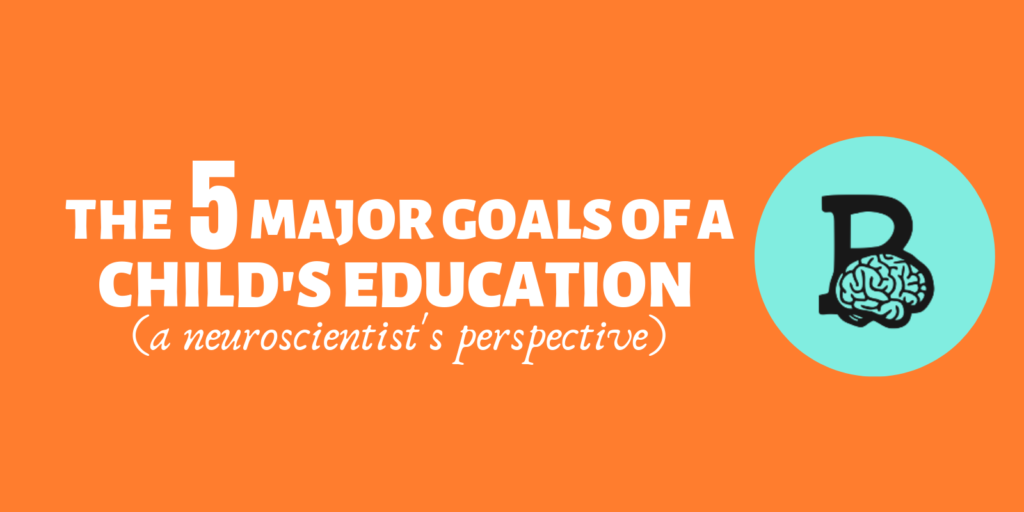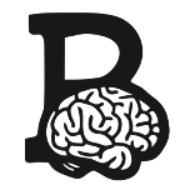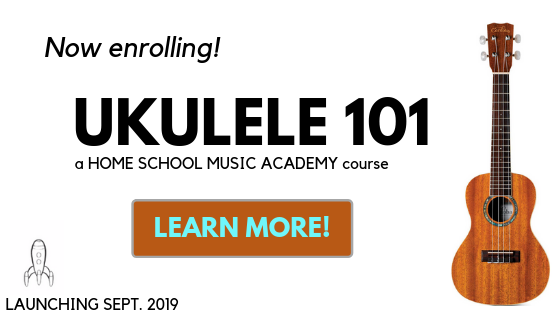
As parents in the early 21st century, we face a growing challenge when it comes to the education of our children, which is that our current educational system, or how we “do school,” has not meaningfully changed in over a century.
When schools were first designed, factual knowledge about the world was a scarce resource. Schools were our primary means of accessing that resource, of discovering the central ideas of science and history, in the form of formal instruction and books.
The information age has changed that entirely. We now have access to nearly the entire body of human knowledge with a few strokes of our fingers, from a device that fits in our pockets.
When schools were first designed, the only option was to adopt a one-size-fits-all approach. Education couldn’t be customized to the needs of a student, so it wasn’t. And it still isn’t.
Yet, individual customization has long been considered the holy grail in educational research (and something that in this day and age, thanks to the availability of information, is entirely possible).
When schools were first designed, the kinds of jobs that students would one day hold, and the skills required to perform those jobs, looked nothing like they do today. And the gap between the skills children are taught in schools and the ones that will be in demand in the marketplace of tomorrow grows daily.
When schools were first designed, there was no formal field of cognitive neuroscience, and no understanding of the needs of a developing brain. Even though the central role of childhood education is to support and enhance the cognitive and biological development of the brain, we had little to guide us in how to do that.
And so the question of how to best support the development of a child’s brain wasn’t even a consideration in how our schools are designed.
In other words, the fundamental reason why we educate in the first place – supporting cognitive development – has no bearing on the design of our schools. For me, as a neuroscientist and parent who obsesses all the time about what a childhood brain needs, the fact that school is a hostile environment for a developing brain is the most significant problem of all.
So what’s the solution? How do we respond to this challenge?
Education from the Ground Up
To help us right this ship, let us imagine that tomorrow we all wake up to find our existing educational system is gone, along with our memory of it.
All of our ideas about what school looks like have been erased, and we must build an educational system from the ground up, from first principles.
How do we get started?
We get started by first and foremost asking the question what is school for? Why do we educate in the first place?
It’s the most fundamental question of all. Yet, it’s one that’s rarely asked.
Part of why it’s rarely asked is because it’s a scary question! Because what if the answer looks very different from the system we currently have?
But it’s too important a question to avoid asking. And it’s a question we all should be asking, so that we can work together towards a solution that provides every developing brain with what it needs to flourish, where there are solutions for parents without the time or resources to take matters into their own hands.
As I said, having spent my adult life studying how the brain learns, and now as a parent trying to facilitate the education of my children, it’s a question I think about all the time. I certainly don’t have all the answers, and my hope here is to spark ideas and conversation.
So, at this point in time, these are what I think of as the 5 goals of childhood education. These are the fundamental principles that guide how I think about the education of my own children, along with the resources that are being created here at the Brainjo Academy. They are presented in general order of importance.
GOAL #1: Support the development of the brain.
At first, especially for those without a background in developmental neurobiology, the idea of trying to figure out what a developing brain needs might sound daunting!
It’s actually not hard at all.
Because the truth is, though we often fail to listen, our children’s brains are constantly telling us what they need to support and thrive.
Why do all kids love to play? Why do they love to move? Why do they all love to spend time with and talk to friends? Why do they love to make art and music?
Because that’s what their brains love.
They are wired to find these things incredibly rewarding precisely because they provide their growing brains exactly what it needs. Play, movement, socializing, music, and art all give the complex cognitive circuitry the brain is trying to build – the very circuits that support the most complex parts of our intelligence – exactly the kinds of inputs it needs to build them.
Why is this goal number one? Because if you get this one right, everything else pretty much falls into place.
The human brain, every human brain, is magnificent. And the development and maturation of the human brain, which takes place over the first two decades of life, is a process that has been carefully engineered through millions of years of human evolution.
Our brain still knows far more about what it needs than we do, and our number one job as adults is simply to provide it the resources it needs, and get out of its way.
Because a healthy, thriving brain is an unstoppable force of nature.
It’s also critical to remember too that the brain is a physical organ, which means that supporting its biological foundation is absolutely essential to supporting cognitive and intellectual function. Its health is the foundation upon which everything else rests.
And it is a demanding organ at that. The brain accounts for 2% of our weight, but uses 20% of our energy!
So making sure the environment the brain is spending its time in provides it the full range of raw materials and inputs it requires is critical (which includes things like the dozens of vital nutrients from foods).
Likewise, it is critical that we ensure that those environments aren’t actively undermining its biological function.
RELATED: Click below to download the guide to the 7 Key Nutrients Every Child Needs, and where to get them. )
GOAL #2: Teach them how to think, and help them to learn how to use our best thinking tools.
Over the years, humans have developed powerful tools for enhancing our ability to think about the world. The primary example, and the most powerful, is language.
Language is the central currency of our thoughts. It allows us to manipulate ideas in our heads, to spread them to other minds so that we can connect, cooperate, and apply our collective intelligence to solve problems together.
No matter what changes are in store for our future, the ability to communicate well, through writing and speech, will always be one of the single most important skills for any human to possess.
Our thinking is also powerfully augmented with the tools of logic and mathematical reasoning, which allow us to make sense of and better understand our world, to think for ourselves, and to avoid becoming victims of manipulation and superstition.
GOAL #3: Teach them how to learn (and to never stop learning).
With the pace of change growing all the time, it is impossible to predict the knowledge and skills our children will need in the world of tomorrow. The only real certainty is that most of the valuable skills in the workplace of today are likely to be obsolete in a decade.
On the other hand, if we provide our children with a system for learning anything (and the belief that they actually can), and the confidence that they can do so, then no matter what the world throws at them, they’ll be ready.
GOAL #4: Teach them the essential knowledge of our world.
Teach them what we know about our universe, which is to say the major ideas and principles of science. And teach them the amazing stories behind how we figured all of it out.
As Stewart Brand, editor of the Whole Earth Catalog says, “science is the only news.”
In other words, while historical events and the day-to-day happenings of who did what to whom are cultural ephemera, a type of information that’s specific to a singular time and place, advances in scientific knowledge reveal new universal truths.
Each new event in our daily news cycle doesn’t really add anything to our body of knowledge about the world. Each advance in science, on the other hand, helps us understand the world we live in just a little more.
GOAL #5: Teach them the essential knowledge about the culture they live in.
For many of us, memorizing facts about the world we live in is what school was all about.
What’s the capital of France?
In what year did World War 2 end?
As mentioned earlier, school was once the storehouse for this sort of knowledge (it’s also no coincidence that this sort of things is super easy to test).
Yet, this is probably the least important function of school. Why?
For one, because this kind of information is now so readily accessible elsewhere, spending time on it in school seems like a waste of resources and opportunity.
Second, it’s not the sort of things most kids are naturally interested in learning – which is precisely why almost none of it is retained years later. So, spending time teaching something that’s readily available elsewhere and that’s not going to stick in their brains anyhow doesn’t make much sense.
That said, there is indeed a body of cultural knowledge that’s useful to know to be a functioning, productive, and literate member of society, as mundane as it may seem.
But since the odds are stacked against us here, it makes sense to take a considered and thoughtful approach, starting with first clearly identifying what that essential knowledge is.
Knowing the structure and mechanics of our political system? Yes.
Knowing the capital of Wisconsin? No. (that’s why we call it “trivia”).
Our children are smart – if we can’t give them a satisfactory answer to the question “why do I need to know this?”, we shouldn’t expect them to spend energy learning it. So, defining what this knowledge is should begin with answering the question of what factual knowledge a functioning member of modern society should carry around in his or her noggin’.
So those are the 5 major goals that frame how I think about childhood education. Simple, though not necessarily easy!
In future articles, I’ll dig into specifics of each of these, starting with number one.
And if you have something you’d like to add to this conversation, click here to join the Brainjo Education Facebook Group and share! Be

